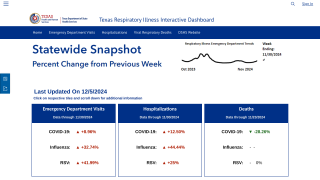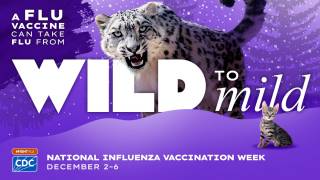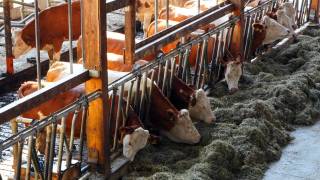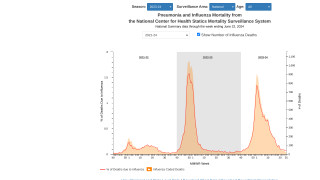Bird Flu Vaccine Inventory Reported Safe & Immunogenic

As part of the US government overall pandemic preparedness strategy, maintaining a stockpile of vaccine antigen and adjuvants for avian influenza A(H5N1) viruses with pandemic potential is essential.
This strategy began in 1997, when avian influenza A(H5N1) viruses first spread from poultry directly to infect humans in Hong Kong, resulting in the deaths of 6 of 18 infected persons.
The goal of this emergency strategy is to vaccinate 26 million people immediately after an influenza pandemic is declared by the US government.
And a new study presents some good news.
The results of the “BARDA Ready In Times of Emergency” (BRITE) study is the first of its kind in the world and provided the data needed to answer that important preparedness question.
Typically, a flu vaccine is used within the year it is made.
The H5N1 influenza vaccine stored for more than a decade in the National Pre-Pandemic Influenza Vaccine Stockpile (NPIVS) was found safe and immunogenic in the BRITE study.
The BRITE study tested how well 2 doses of 7.5 µg HA + MF59 inactivated monovalent vaccine, designed to protect against a targeted virus strain, stimulated immune systems in people ages 18 through 64.
Those on the front lines of containing a pandemic, such as healthcare workers, law enforcement officers, and first responders, are at increased of exposure and are likely to be in that age group.
By knowing how long carefully stored influenza vaccine antigen and adjuvants remain safe and immunogenic, the USA can reduce long-term preparedness costs, while ensuring stockpiled vaccine antigens and adjuvants are available if needed.
The H5N1 virus was still a new version of the influenza virus and almost 60 percent of people who were confirmed to be infected between 2008 and 2013 died from the disease, according to the World Health Organization.
The good news is that the virus hasn’t spread efficiently between people, and the number of cases where the virus jumps from birds to people in close contact with infected birds has been falling.
The bad news is that sporadic cases of the virus in people have continued in Asia and the threat persists as long as the virus continues to circulate in birds.
Influenza vaccines work by stimulating the body’s immune system to produce antibodies that block the virus from attaching to cells in the human respiratory system, including lungs and bronchial tubes.
An antigen is the part of the vaccine that stimulates the immune system, and adjuvant allows less antigen needed to stimulate the immune system.
This study’s results mean that the USA’s earliest pre-pandemic vaccines remain at-the-ready to respond to an H5N1 influenza pandemic.
To learn more about pandemic influenza planning and tools, check out the National Pandemic Strategy and 2017 Update of the Pandemic Influenza Plan.
Our Trust Standards: Medical Advisory Committee
- Pandemic Influenza Vaccine: An Investment in Preparedness that Lasts More Than a Decade
- National Pandemic Influenza Plans
- National Pandemic Strategy
- Safety and immunogenicity of influenza A(H5N1) vaccine stored up to twelve years in the National Pre-Pandemic Influenza Vaccine
- Assess the Safety & Immunogenicity of Stored Inactivated Influenza H5N1 Virus Vaccine Given With & Without Stored MF59 Adjuvant
- Avian Influenza Virus (H5N1): a Threat to Human Health

























